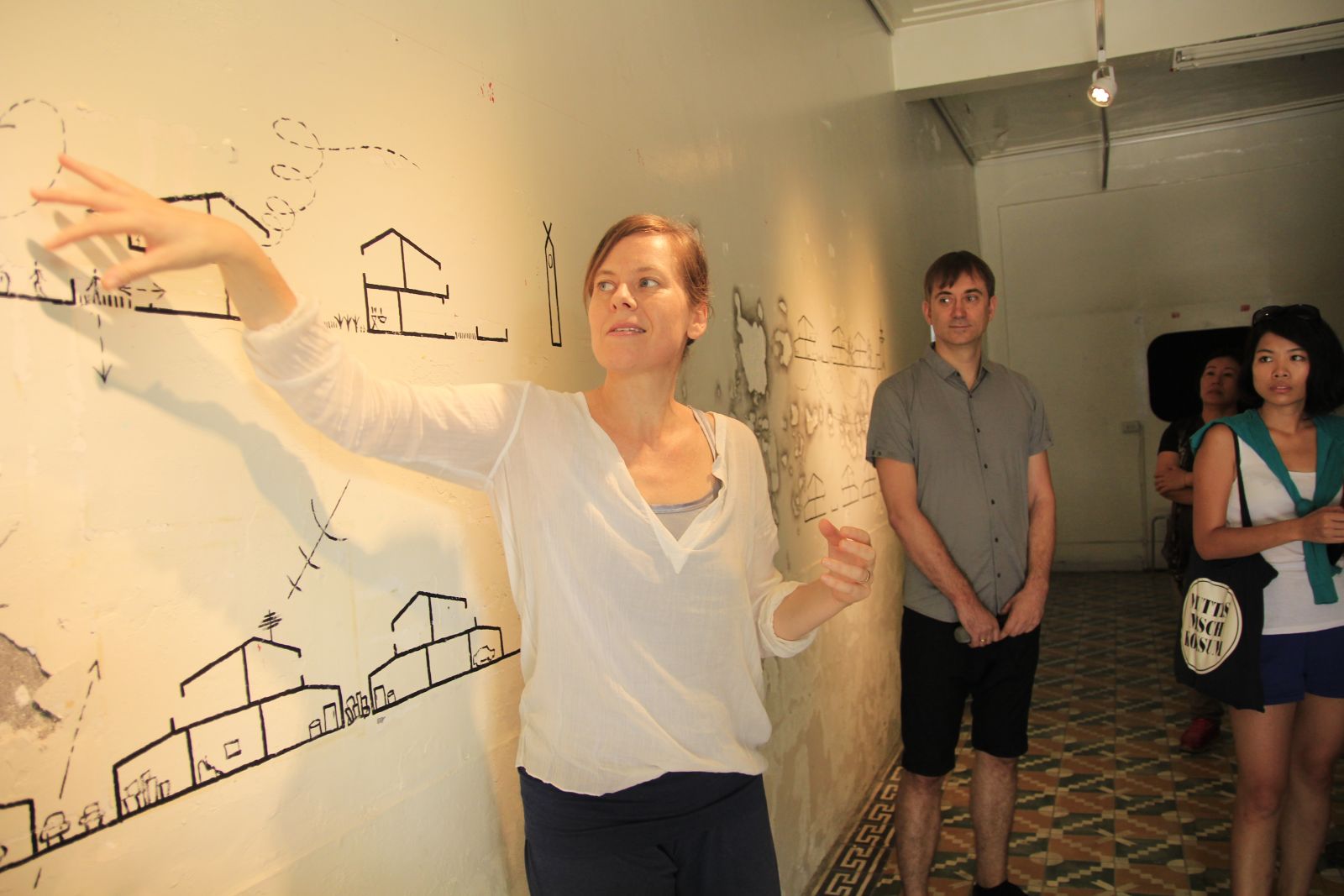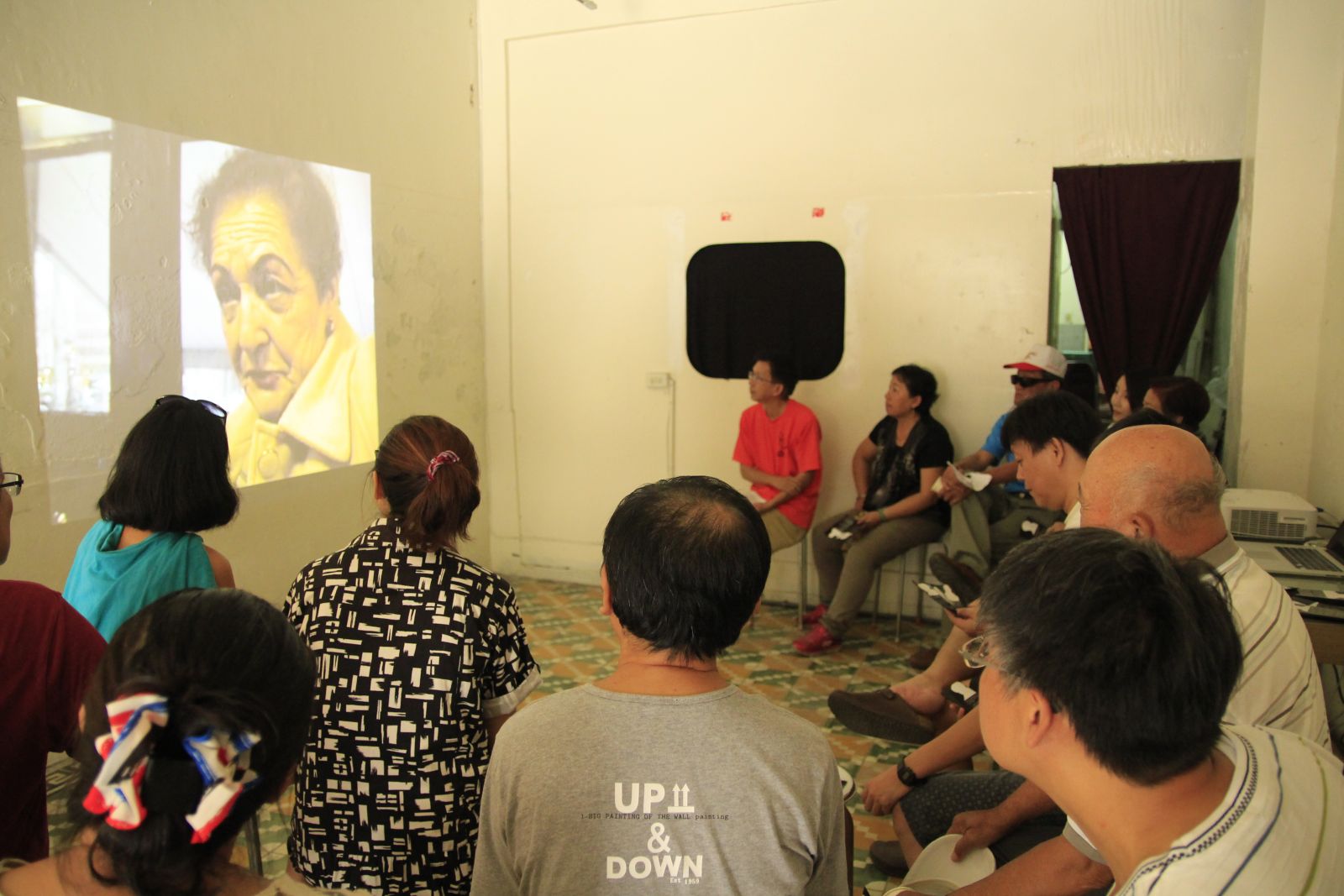- 首頁
- 西螺延平老街文化館
- 展覽資訊
- 72art 藝術空間
- 駐地藝術家 REICHRICHTER 期初介紹
展覽資訊 / 72art 藝術空間 / 駐地藝術家 REICHRICHTER 期初介紹
展覽時間:104/9/25~104/12/30
展覽地點:西螺延平老街72ART展覽空間 (西螺鎮延平路72號)
馬庫斯·維拉里希特,配有歐洲第一台數位攝影機的人,1996年在「蘇黎世」咖啡廳(一個巴塞隆納的機構)拆除的前幾天,對來咖啡廳的客人做了訪談與紀錄。兩年後,蘇黎世咖啡廳以原來的名字在原來地方重新開張了,不過此時卻是位於一間大型的購物商場當中。其中作為記錄的聲音已經遺失,但該素材卻從未被使用過。
12年後的藝術家在巴塞隆納以「消失的咖啡廳-《蘇黎世》」為主題採訪行人。他們以特別的方式將現在的聲音紀事和過去的記錄影像匯集在一起,但組合後的聲音和圖像卻像是被暴力對待般的支離破碎,不過這樣做的目的是回顧性的將那些曾經被說過的話放回那些已經成為鬼魂的人口中。而在影像中,受訪者們似乎在評論著自己未來的情況。
我們盡可能的將現在的聲音和過去的影像連接成一個完整的影片。米歇爾知恩提出了「Synchresis」的方法,並把它定義為「建立在同一時地所見所聞的立即性與必要性」。
乍看之下,《蘇黎世》也可以被視為草率動員拍攝而成的記錄影像,但卻也無法被定義為特定的一種形式。透過流傳下來的風俗習慣,我們失去了對於電影常規中極度不自然的現象的認識。
透過提高對這種人為方法的認識,里希特和瑞克留下經典實驗電影的極端解構手法。二人希望更貼近觀眾的日常經驗,因此隨著觀眾對於題材認識的深淺,發展出各種微妙的變化。他們發現一個驚人的事實,一開始大部分的觀眾並不能立即的發現刻意營造的電影主體,但透過通盤的了解,觀眾才能逐漸發現作者真正想表達的意義。
Equipped with one of Europe‘s first digital video cameras, in 1996 Marcus Vila Richter conducted video interviews with the guests of the Café „Zurich“ - a Barcelonese institution - a few days before its demolition. Two years later, the café was re-opened under the same name in the same place as part of a large shopping mall complex.
As the sound of the recordings had been lost, the material remained unused. 12 years later the artists interviewed pedestrians in Barcelona about the vanished Café „Zurich“. The contemporary audio commentary and the old video images are brought together in a specially developed process. This method of combining sound and image is a violent act of cutting and crushing, of dismembering and fragmenting the image plane. The aim is to retrospectively put those words spoken much later „into the mouths“ of the “ghosts” in the images. In the video, the interviewees seem to comment on their own situation from the future.
We all have the desire to connect audio and video into a coherent unity wherever possible. Michel Chion thus coined the term „Synchresis“, defining it as „the immediate and necessary creation of a relationship between something one sees and something one hears at the same time” (from synchronism and synthesis).
At first glance, Zurich could also be taken for a sloppily assembled interview film about a cafe in Barcelona. The disparate structure remains unidentified. Through handed-down customs and habit we have lost our awareness of the highly artificial nature of the cinematic code.
Through raising awareness of this artificiality, Richter and Reich leave behind the extreme deconstruction techniques of the classic experimental film. The duo wants to stay closer to the everyday experience of the viewer and therefore develops subtle shifts that play with the viewers’ thresholds of recognition. It is precisely this startling fact - that many viewers will not immediately recognise the artificial construction of the „protagonists“ through wholly medial means -, which at second glance may indicate the desired cracks in the seemingly meaningful, authorial surface of the medium film.




